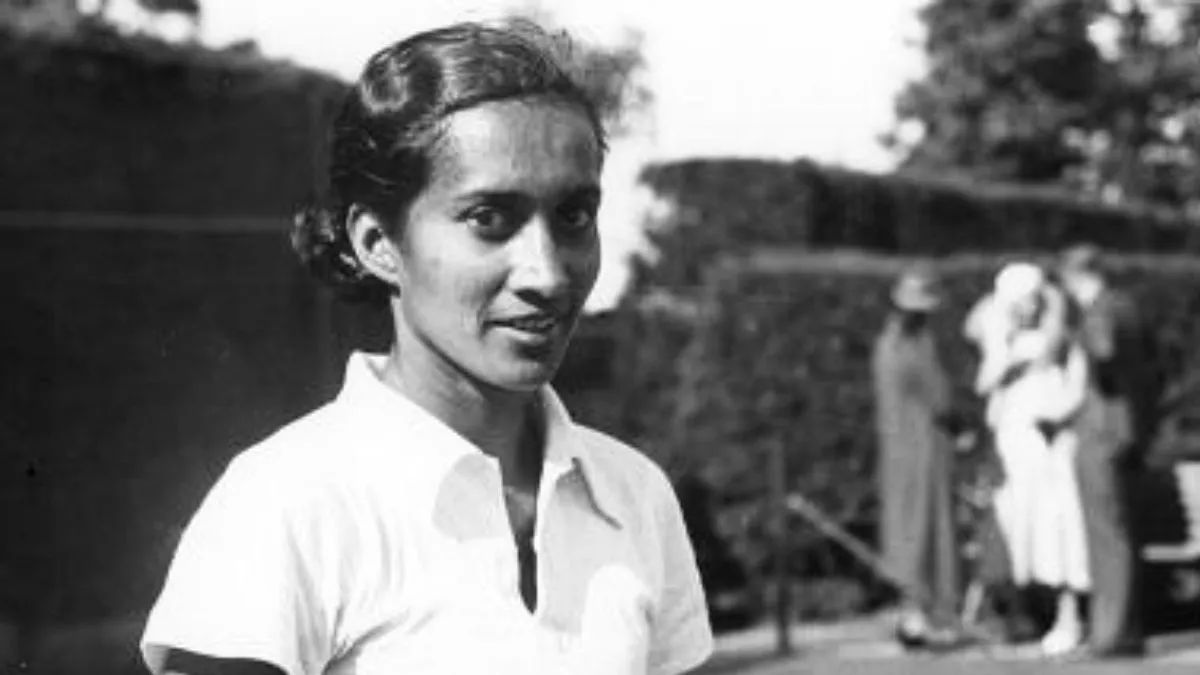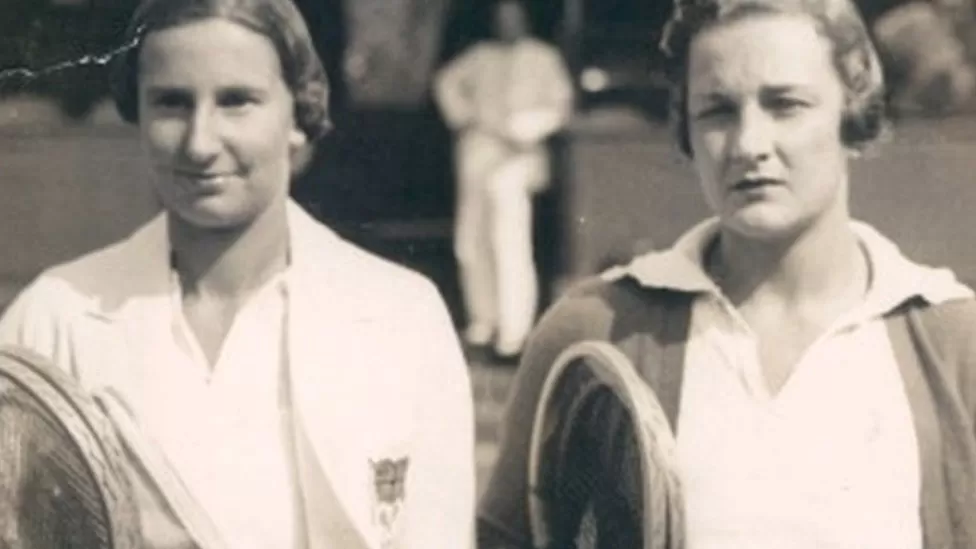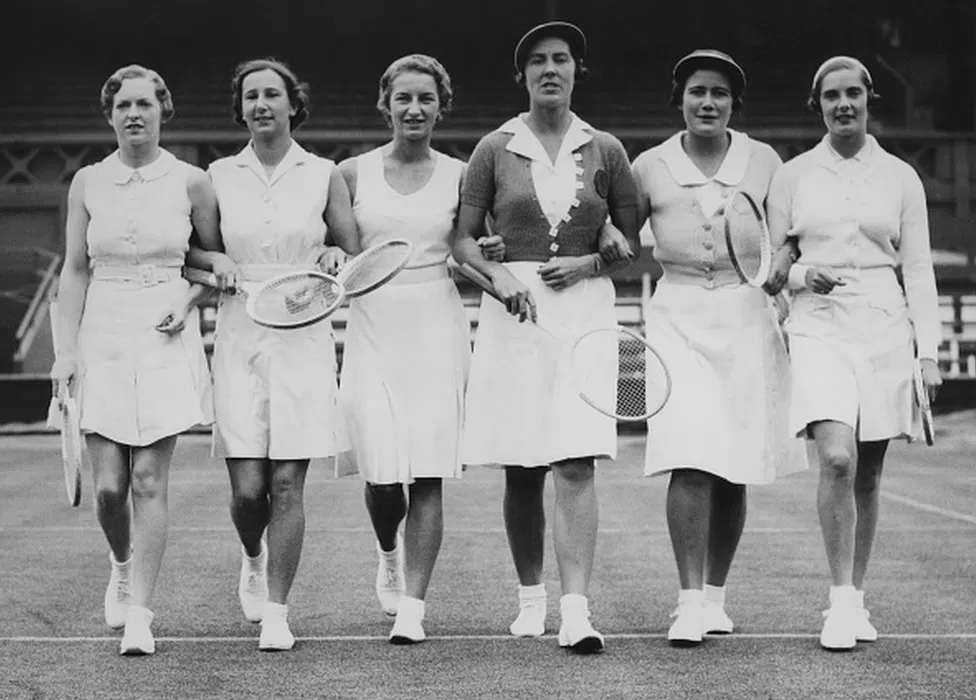News Asia
Leela Row Dayal Became The First Indian Woman To Win A Match At Wimbledon

(CTN NEWS) – In 1934, the multi-talented Leela Row became the first Indian woman to triumph in a match at Wimbledon. Later in life, she changed her concentration to writing about and photographing art, specialising in Indian traditional dances.
Despite her remarkable accomplishments, Leela Row is still mostly unrecognised and unresearched in India.
The art critic Govindraj Venkatachalam wrote about meeting Row when she was a little child in his book My Contemporaries from 1966.
He described her as “timid and anxious, shy of strangers.” Little did we know back then that this slip of a girl would grow up to be an icon in India and a tennis champion of the globe.
Leela Row Dayal Passion For Tennis
Leela Row, who was born in December 1911, was the daughter of Pandita Kshama Row, one of the most eminent Sanskrit scholars of her era, and Raghavendra Row, a well-known physician.
Row was schooled at home by her mother while being reared in India. Row studied the arts in France and England, where the family later travelled.
She started studying classical Indian dance when she was three years old in order to increase her physical stamina following a case of malaria.
Row was referred to as “very versatile” by Venkatachalam when they first met through mutual connections of their families. She received violin instruction from a teacher in Paris when she was a little child and had a love of the stage.
Row received her passion for tennis from her mother.
According to Boria Majumdar and JA Mangan in their book Sport in South Asian Society, European sports had become more popular among Indian women as a part of a larger emancipation movement.
Kshama Row Dominating National Singles Tennis Circuit
Kshama Row, who won the singles championship at the Bombay Presidency Hard Court Championships in 1927, was one of the very first female tennis players in the nation during the 1920s.
Row quickly followed in her mother’s footsteps, dominating the national singles tennis circuit while also competing with her in doubles events.
She won her maiden championship at the All India Championship in 1931. In the years that followed, she went on to win six additional awards.
Row routinely made headlines in the 1920s and 1930s for winning games at national championships all throughout the country.
In 1934, she defeated British Gladys Southwell 4-6, 10-8, 6-2 to become the first Indian woman to triumph in a match at Wimbledon. In the next round, she was defeated by Ida Adamoff of France.
The next year, Row returned to the competition but was defeated in the opening round by British player Evelyn Dearman in straight sets.
Before Sania Mirza, an Indian lady, will participate in the Wimbledon senior women’ draw, it would be 71 years.
In 2018, author Sidin Vadukut described her as leading “the kind of elite Indian life that could have only taken place in the years between the two World Wars.
When the highest echelons of Indian society could simultaneously keep one foot firmly planted in the country of their birth, but another just as firmly, in the wider international networks of the British empire.”
Row wed Harishwar Dayal in 1943, a government official who had previously represented India at the UN and was then serving as the deputy at the Indian embassy in Washington, D.C.
Throughout her stay in the US, Row continued to play exhibition tennis matches.
But by the late 1940s, she had started writing about and capturing art, her second obsession.
Row had acquired her passion of the language from her mother, who was regarded as a pioneer of modernism in Sanskrit. She transformed numerous of her mother’s Sanskrit poems for the theatre.
She didn’t dance professionally, but she did write a number of English and Sanskrit books about Indian classical dances.
Leela Row Dayal Work
Her work Natya Chandrika examined the practise of Indian dance and drama, whereas Nritta Manjari examined the Bharatanatyam dance forms.
According to a 1958 LA Times article, Natya Chandrika was the first book written by an Indian author to be archived by the US Library of Congress.
She also authored a book that was praised for being “a charming introduction” to a “rich and varied treasure of classical Indian dance” and explaining the history and methods of the Manipuri dance form.
She had spent 20 years studying Indian dance forms and had authored five books about them by the late 1950s. She had sat for the illustrations for several of these to show the form and movement.
She told the Windsor Daily Star, “I want to depict in drawings what my ancestors did in sculpture in the temples of Southeast Asia.”
A children’s book that Row had handwritten and bound herself was published in 1963. Based on a poem her mother wrote in Sanskrit, the book chronicled the tale of the mystic poet Meerabai. Row used beautiful black line drawings to depict the story.
It was described as “one of the most treasured possessions in the Asian Children’s Literature collection” by a senior librarian at Singapore’s National Library, which has some of the oldest and rarest children’s books from Asia.
Row stated in volume 26 of the Himalayan journal that she and her husband had a “passionate love for the high mountains.” So when Dayal was appointed India’s ambassador to Nepal in 1963, the pair was delighted.
She wrote on the art and architecture when she was there.
Row would frequently embark on mountain hikes, sometimes with her spouse and other times by herself.
We were never able to travel or arrive back earlier than planned because of a political issue, she stated.
Row describes her walk to the Khumbu region of Mount Everest and her experience visiting the Thyangboche monastery, which she describes as “the first visit of an Indian woman” and the joy of seeing Mount Everest every day.
The Taboche ridge walk was described by her as “the biggest thrill of my life.”
She noted in the journal, “My life’s desire has been realised.
While the couple embarked on another excursion to the Khumbu region, Dayal passed away in 1964.
Little is known about Row’s surviving family members as well as how and where she lived her final years.
When a bird refuge in France displayed her paintings of Himalayan nature, she was last mentioned in The Times of India in 1975.
Despite her amazing success, Row’s life has received little attention, and as a result, she is not well-known in India.
RELATED CTN NEWS:
Ukraine’s Counteroffensive Against Russian Forces Remains Stalled – What Happened So Far
Thai Stock Market Remains Under Pressure From Domestic Political Uncertainties
Hatch Act: Its Significance, Implications & Who Has Violated The Hatch Act?






























